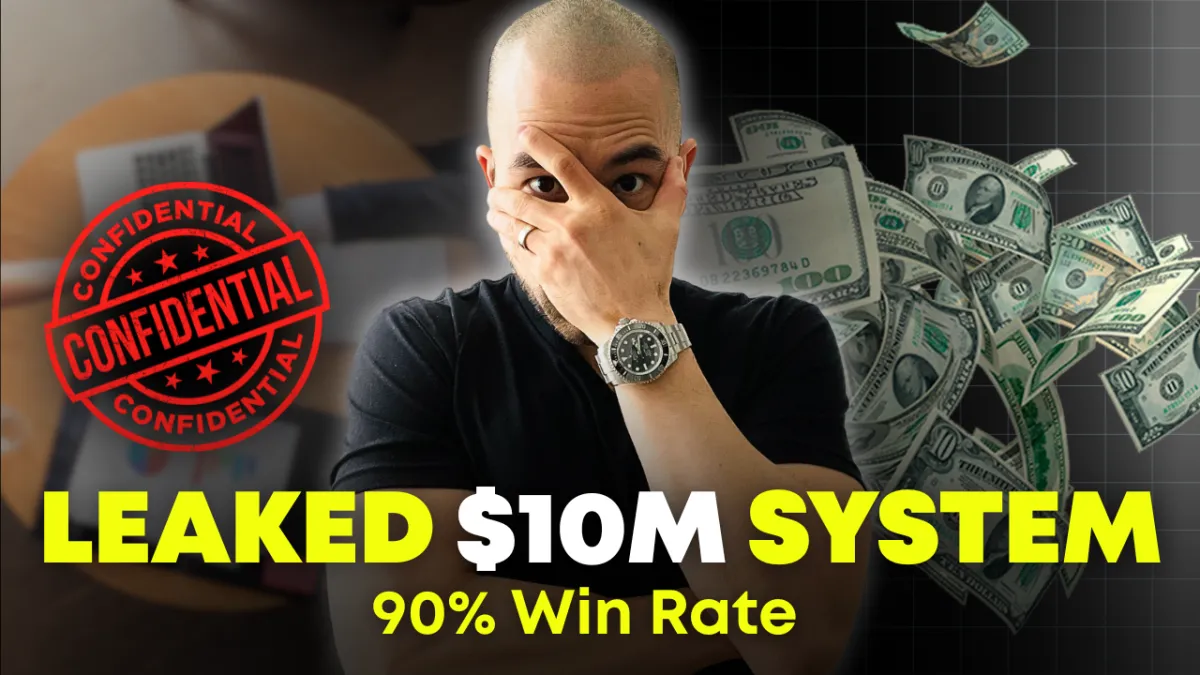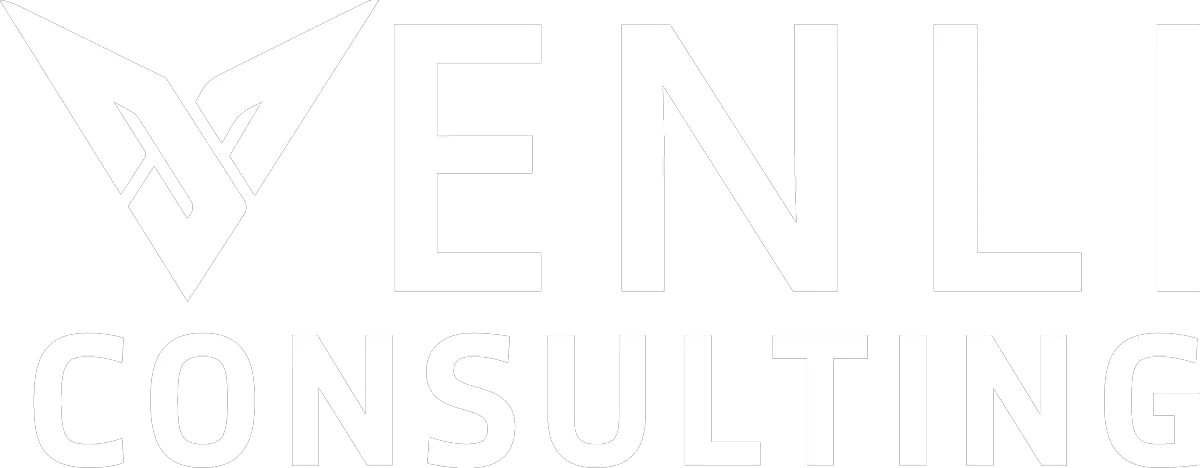
LEAKED: The $10M Multi-Threading Sales System That's Been Hidden From You
I need to tell you about the most painful lesson I learned in my nearly 2 decade sales career.
It happened during my first year selling B2B. I thought I was crushing it. Had great rapport with my contact, perfect demo, strong business case. The prospect even said "this looks exactly like what we need."
Then... nothing.
Weeks of radio silence. Finally got them on the phone: "We've decided not to move forward right now."
Classic "no decision."
Here's what I didn't understand then: While I was building a relationship with ONE person, there were 6-9 OTHER stakeholders who had never heard of me.
When decision time came, my champion had to convince:
→The CFO (who cared about ROI)
→The IT director (who cared about security)
→The department heads (who cared about adoption)
→The end users (who cared about ease of use)
My champion couldn't speak to all those concerns. So instead of risking their reputation on an unknown vendor, they chose the "safe" option: do nothing.
That's when I discovered something that changed everything: Multi-threading.
Instead of working one contact, I started engaging multiple stakeholders simultaneously. Different messages for different people based on THEIR specific priorities.
The CFO got emails about cost savings and risk reduction.
The IT director got technical specs and security protocols.
The end users got demos focused on simplicity and time savings.
But here's the secret sauce: I orchestrated it so they all felt urgency to move forward together.
The results were immediate:
📈My close rate jumped from 23% to 67%
📈Average deal size increased by 40%
📈Sales cycle compressed by an average of 3 weeks
My biggest win using this method? A $258,000 deal that closed in just 6 weeks.
Here's exactly how I did it:
Week 1. Pre-Discovery Multi-Threading
Before my first meeting, I researched and identified 3 additional stakeholders. Sent personalized emails to each one referencing my upcoming meeting with their colleague. Two responded and asked to join the call.
Week 2. The Power Meeting
Instead of meeting with one person, I had four stakeholders on the call. I tailored my discovery questions to uncover problems at each level (operational, financial, and strategic).
Week 3-4. Individual Stakeholder Calls
I scheduled separate 30-minute calls with each stakeholder to dive deeper into their specific concerns. This is where I built real trust and credibility.
Week 5. The Orchestrated Demo
I brought all stakeholders together for a demo that addressed each person's top 3 priorities. By this point, they were already bought in… they just needed to see it work.
Week 6: Closing
When I presented the proposal, I wasn't selling to one person hoping they'd convince everyone else. I was presenting to a unified buying committee that had already reached consensus.
The deal closed at 30% above asking price because they saw the value at every level.
But here's what most salespeople get wrong about multi-threading:
Mistake #1: They send the same generic message to everyone
The CFO doesn't care about "streamlining operations." They care about ROI and risk. Tailor your message.
Mistake #2: They create competition between stakeholders
If you're not careful, stakeholders will start competing with each other instead of working together. You need to orchestrate collaboration.
Mistake #3: They overwhelm prospects with information
More stakeholders doesn't mean more meetings. It means more strategic communication that builds toward a unified decision.
The fix is simple but counterintuitive: Single-thread your multi-threading.
What does this mean?
Different messages for different people, but coordinated timing that creates momentum toward a single decision.
Here's a quick framework you can use immediately:
Step 1. Map the stakeholders (before your first meeting)
Economic buyer (can say yes when everyone says no).
Technical buyers (evaluate the solution).
User buyers (will actually use the product).
Coaches (internal champions who support your deal).
Step 2. Craft stakeholder-specific outreach
CFO: Focus on financial impact and risk mitigation.
IT: Focus on technical specs and security.
Department heads: Focus on team productivity and metrics.
End users: Focus on ease of use and time savings.
Step 3. Orchestrate the buying process
Create urgency that affects everyone.
Position yourself as the quarterback coordinating the evaluation.
Build consensus through strategic information sharing.
I've used this exact system to close over $50 million in B2B deals.
And here's the crazy part: once you master multi-threading, you'll never lose another deal to "no decision" again.
Your competition will still be single-threading while you're building buying committees that actually want to buy from you.
The choice is yours: keep doing what everyone else does and wonder why your deals keep stalling, or join the top 1% who understand how enterprise sales really works.


Mail
Facebook
LinkedIn
X
Pinterest
Snapchat
Reddit